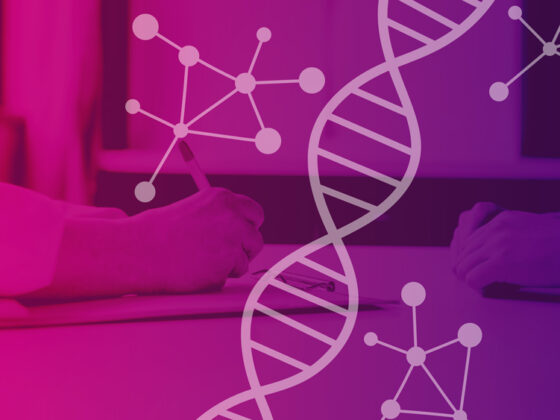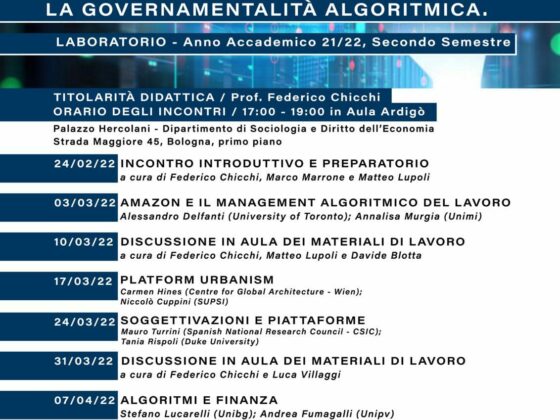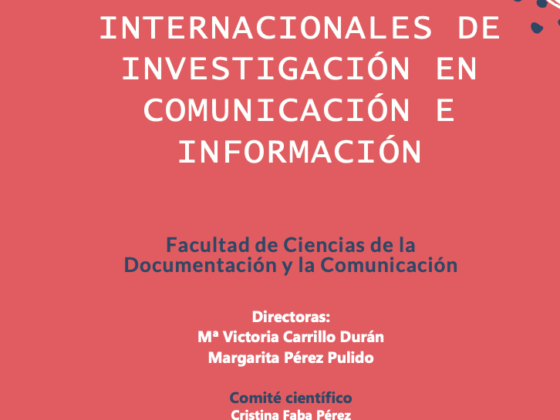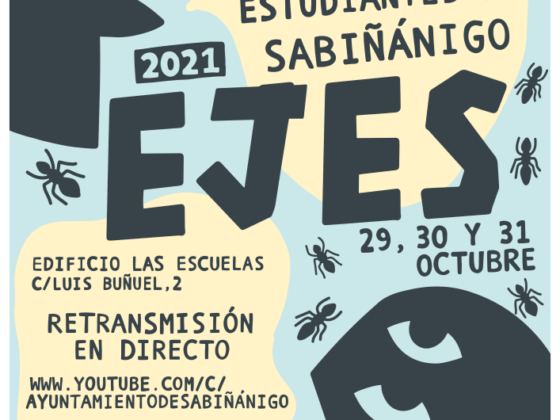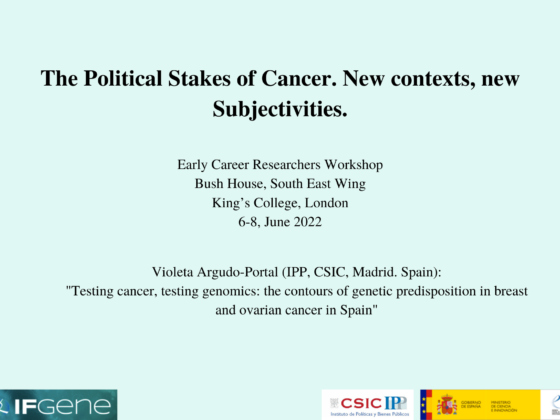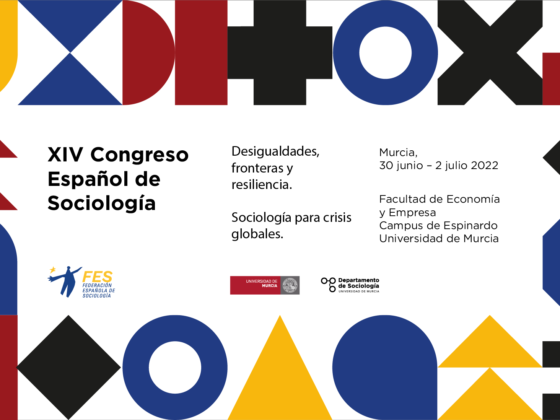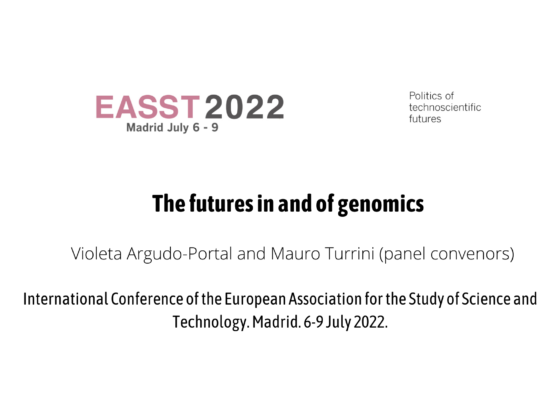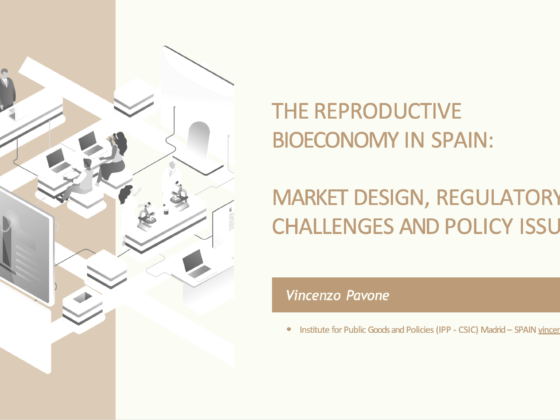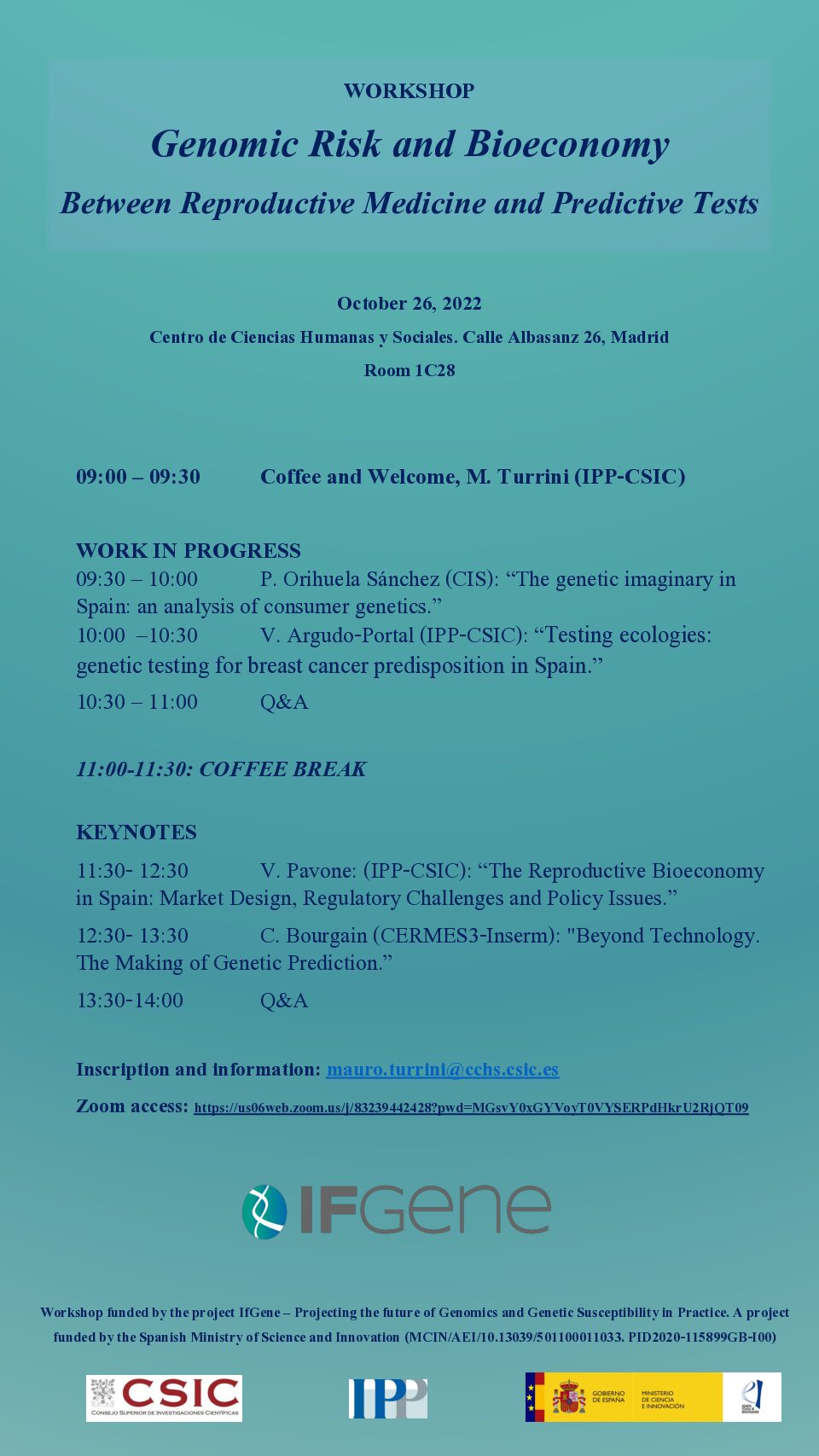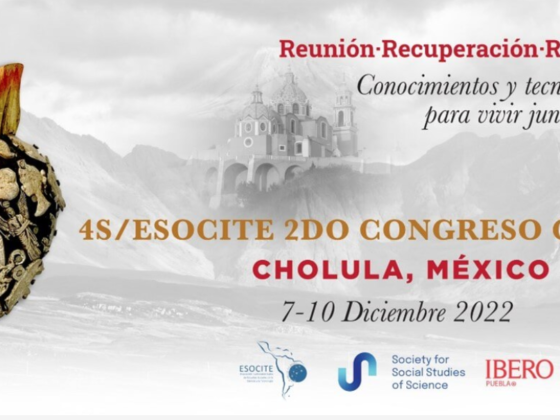The DNA temporality is surprising. This molecule contains traces of our ancestors as it is transmitted from generation to generation and can, in some ways, predict how a given organism will develop. The practical implication of genomic prediction, including new models of preventative, personalized and precision health care and new discriminations and governmental control strategies, are as promising as they are a matter of concern.
This project delves into the relationships between genomics and the future by focusing on the medical domain. In the field of health, prediction is developed in two main directions. The first is the degree of predisposition to diseases or physical or mental traits. The second is the anticipation and selection of future life forms before conception (preconception) or before birth (prenatal).
This project is based in Spain and focused on its context. However, it also establishes a dialogue and comparative analysis with our collaborators in France, Denmark and the state of Telangana (India). Its aim is to analyze different areas of genetic testing for healthy and “at risk” people to explore the anticipation of the future and highlight the global chains that operate through various modalities, both material and symbolic, around the spread of genetic testing for human beings and cognate species.
Read more
The project IFGene – Imaging the Future of Genetic Prediction – aims to investigate the relationships between genomics and the future. This relationship stems from the fact that DNA contains information about phenomena that are not yet developed or in potentia. This relationship has been a source of great promise regarding a new preventive, predictive and participatory medicine model. Still, it also has been surrounded by fierce ethical, clinical, cultural, and political controversies, and presents many issues for medical practitioners as well as policymakers. This project is based on three case studies that show a sustained attempt to relaunch genetic prediction in old and new medical areas. It intends to highlight the global transversal chain that operates around the spread of genetic testing for health care in Spain and across different contexts. In particular, we are in dialogue with our colleagues and collaborators in France, Denmark and the state of Telangana (India).
Due to its strong association with promises but also with threats, genetics is an ideal field of investigation to see how the globalizing vector of technoscience turns into (diverse) localized practices. Drawing from this conceptual approach, we will empirically study how local institutions (states and local authorities, health care systems and regulatory agencies), social actors (professional medical associations, patients’ associations, consumers…), private companies (clinics, laboratories, and pharmaceutical corporations) and local norms co-construct the future of genetic susceptibility testing technologies. As a result, we will not only study the Spanish case in detail, but will also compare it with another two European countries, Denmark and France, which have followed contrasting approaches to the protection of genetic data and biomedical innovations, respectively very strict and cautious (France) and very liberal and active (Denmark). Furthermore, we will compare Spain with a crucial actor of a country of the Global South, more precisely with the Indian State of Telangana, which has traditionally strongly invested in biotechnologies and particularly genomics.
The goal is to delve into the circulation of heterogeneous elements, both material and symbolic, that the development of genomic analysis of human DNA promotes in an increasingly intense way between different areas of genetic testing related to the anticipation of the future. Regulatory frameworks, classifications of genetic diseases, material devices for whole-genome analysis, new ways of carrying out and presenting these practices all represent elements that cross distant fields and are found in the dissemination of the contemporary practices of genetics. The future we are talking about here is not only a future embedded in genetics but also a future of genetics.
There are three main levels of analysis the IfGene project:
First, it investigates the health care model(s) of the genomic future, in particular, the new forms of testing as part of a broader testing society, their evaluations, the institutions and professions associated with them, and the relationship with the ongoing privatization processes in health care, new conceptions of health care in terms of personalization and prevention.
Second, we consider only constitutional DNA, meaning health-related personal information which is traditionally strictly regulated and whose production, access, and circulation have been the subject of a fierce debate. A globally recognized evaluation system of genetic testing is the ACCE, an acronym standing for Analytical validity, Clinical validity, Clinical utility, and Ethical, legal and societal issues. The spread of new whole-genome devices able to detect panels of hundreds or thousands of variants associated with either genetic diseases or predisposition to multi-factorial diseases raise new issues concerning which variants could be legitimately analyzed and for which purposes. The answer to this problem redefines the bioconstitutional power relationship among institutions and citizens, and the medical practice, which are confronted with the issue of informing about a high number of pathologies or disorders. Medical associations have been trying to deal with this overwhelming situation by formulating guidelines setting up the classification criteria of the thousands of genetic diseases and susceptibility variants. It leads to the question: how are classified variants deemed worth of being investigated through whole-genome testing?
Third, the question of classification also has economic implications. As science and technology studies (STS) have shown, classifications have a strong material dimension. They tend to circulate into society, be incorporated in practices, professional conducts, and artefacts, and to crystallize into standards. Classification of genetic diseases are codified in guidelines issued by medical professional societies and health care agencies but is also designed into the devices currently adopted in clinics, especially in medical routine. The oligopolistic situation of the producers of genetic technologies implies a strong tendency towards standardization. Also, private clinics, laboratories, and companies often market these tests as cutting-edge instantiations of personalized medicine. The number of genetic variants tested is often emphasized in their advertising to attract potential customers/patients. Finally, the choice of which variant to investigate also has an implication on how genetic information may be stocked and used for research. These three analytical levels are intertwined and form the socio-technical infrastructure of the blossoming genetic testing.
To sum up, the project’s main objectives are the following ones.
- To map the actors active between clinics and market services related to this area of genetic testing and understand their motivations, expectations (medical, scientific, economic), and funding strategies.
- To describe and analyze the public discourse over genetics, prevention, and prediction in clinical practices and market services.
- To analyze the role of professionals, health care agencies, private clinics, and laboratories in framing, evaluating and classifying the different genetic variants worth being studied.
- To identify and analyze the circulation of the disease classification systems among different clinical contexts, clinics, and countries and their association with the standards incorporated in whole-genome devices.
- To explore how scientific notions of genetic prediction and prevention and technologies of genetic testing are reconfiguring individual and collective identities, focusing particularly on their impact on gender.



